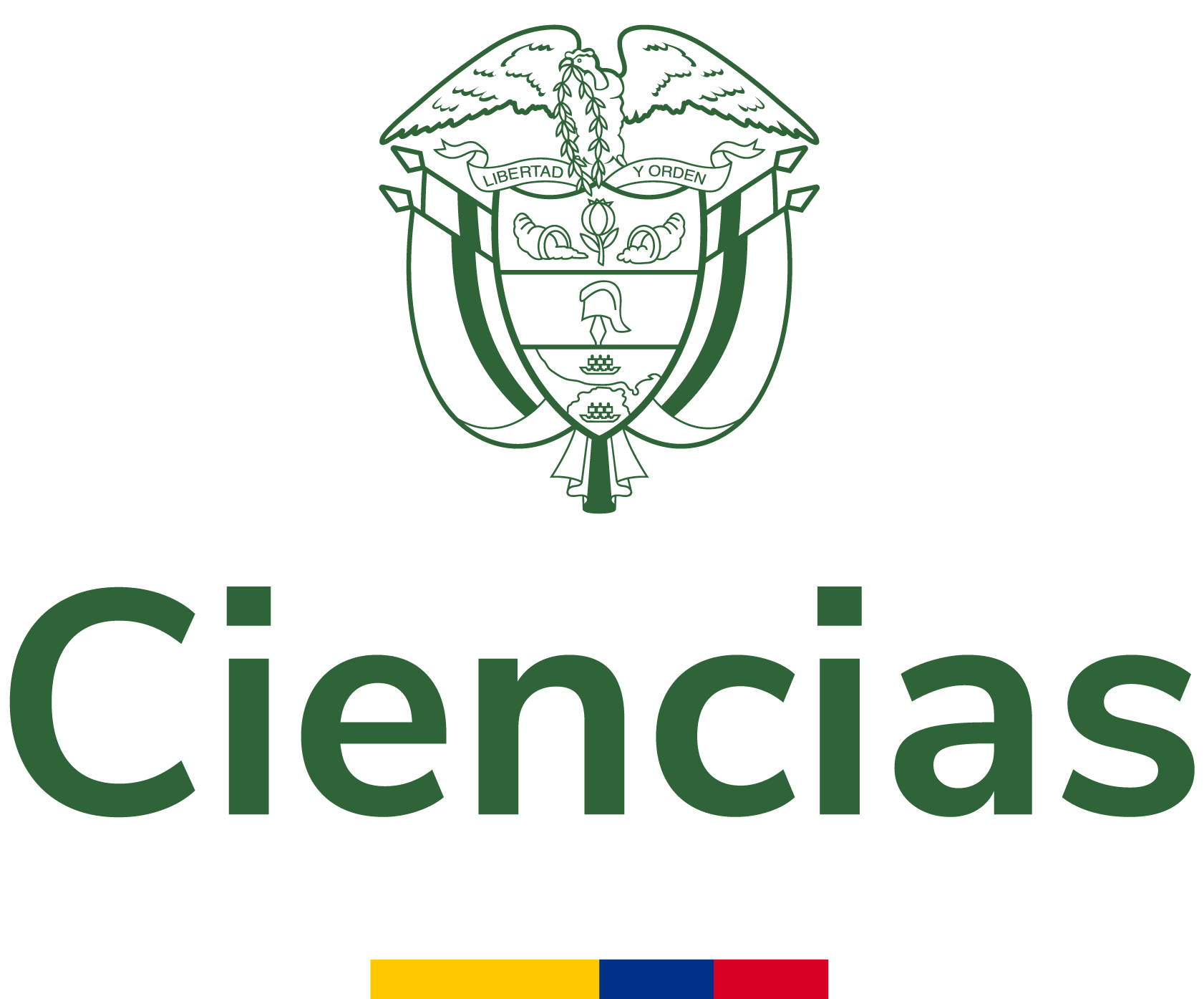International migration: implications for psychosocial and gender analysis in the family structure in the area metropolitana centro occidente
The migratory phenomenon currently occupies a central interest in the social sciences. The West Central Metropolitan Area is no exception, this region of Colombia has been considered one of the most populous regions ejected outwards, mainly Spain and the United States, so has arisen the interest of...
- Autores:
- Tipo de recurso:
- Fecha de publicación:
- 2020
- Institución:
- Universidad Católica de Pereira
- Repositorio:
- Repositorio Institucional - RIBUC
- Idioma:
- spa
- OAI Identifier:
- oai:repositorio.ucp.edu.co:10785/14018
- Acceso en línea:
- https://revistas.ucp.edu.co/index.php/grafias/article/view/1477
http://hdl.handle.net/10785/14018
- Palabra clave:
- Rights
- openAccess
- License
- Derechos de autor 2012 Revista Grafías
| id |
RepoRIBUC_8817b472db68dda264fdfe4ebd280cfc |
|---|---|
| oai_identifier_str |
oai:repositorio.ucp.edu.co:10785/14018 |
| network_acronym_str |
RepoRIBUC |
| network_name_str |
Repositorio Institucional - RIBUC |
| repository_id_str |
|
| spelling |
International migration: implications for psychosocial and gender analysis in the family structure in the area metropolitana centro occidenteMigración internacional: implicaciones psicosociales y análisis de género en la estructura familiar en el Área Metropolitana Centro OccidenteThe migratory phenomenon currently occupies a central interest in the social sciences. The West Central Metropolitan Area is no exception, this region of Colombia has been considered one of the most populous regions ejected outwards, mainly Spain and the United States, so has arisen the interest of watching the economic, cultural and social phenomenon. In the case of this article are interested in analyzing the psychosocial implications of migration and the changes that have occurred within the family, seen as the first stage of socialization of children. Thus, the feminization of migration is assumed as an analytical category to conclude that gender roles have changed from migration.El fenómeno migratorio ocupa en la actualidad un interés central en las ciencias sociales; el Área Metropolitana Centro Occidente no es la excepción. Esta región de Colombia ha sido considerada como una de las regiones que más población expulsa hacia el exterior, España y Estados Unidos fundamentalmente, por lo que ha surgido el interés de mirar las implicaciones económicas, culturales y sociales del fenómeno. En el caso de este artículo interesa analizar las implicaciones psicosociales del fenómeno migratorio y las transformaciones que se han suscitado en el interior de la familia, vista como el primer escenario de socialización de niños y niñas. Así, la feminización de la migración se asume como categoría analítica para concluir que los roles de género se han modificado a partir de la migración. Universidad Católica de Pereira2023-08-30T00:24:16Z2023-08-30T00:24:16Z2020-05-13Artículo de revistahttp://purl.org/coar/resource_type/c_6501http://purl.org/coar/version/c_970fb48d4fbd8a85info:eu-repo/semantics/articleinfo:eu-repo/semantics/publishedVersionhttp://purl.org/coar/resource_type/c_2df8fbb1application/pdfhttps://revistas.ucp.edu.co/index.php/grafias/article/view/147710.31908/grafias.v0i18.1477http://hdl.handle.net/10785/14018Revista Grafías; Núm. 18 (Jul. - Sept., 2012); 19 - 341900-567910.31908/grafias.v0i18spahttps://revistas.ucp.edu.co/index.php/grafias/article/view/1477/1483Derechos de autor 2012 Revista Grafíashttps://creativecommons.org/licenses/by-nc/4.0/deed.es_EShttps://creativecommons.org/licenses/by-nc/4.0/deed.es_ESinfo:eu-repo/semantics/openAccesshttp://purl.org/coar/access_right/c_abf2Pulgarín Arias, Gloria Elenaoai:repositorio.ucp.edu.co:10785/140182025-01-27T17:56:12Z |
| dc.title.none.fl_str_mv |
International migration: implications for psychosocial and gender analysis in the family structure in the area metropolitana centro occidente Migración internacional: implicaciones psicosociales y análisis de género en la estructura familiar en el Área Metropolitana Centro Occidente |
| title |
International migration: implications for psychosocial and gender analysis in the family structure in the area metropolitana centro occidente |
| spellingShingle |
International migration: implications for psychosocial and gender analysis in the family structure in the area metropolitana centro occidente |
| title_short |
International migration: implications for psychosocial and gender analysis in the family structure in the area metropolitana centro occidente |
| title_full |
International migration: implications for psychosocial and gender analysis in the family structure in the area metropolitana centro occidente |
| title_fullStr |
International migration: implications for psychosocial and gender analysis in the family structure in the area metropolitana centro occidente |
| title_full_unstemmed |
International migration: implications for psychosocial and gender analysis in the family structure in the area metropolitana centro occidente |
| title_sort |
International migration: implications for psychosocial and gender analysis in the family structure in the area metropolitana centro occidente |
| description |
The migratory phenomenon currently occupies a central interest in the social sciences. The West Central Metropolitan Area is no exception, this region of Colombia has been considered one of the most populous regions ejected outwards, mainly Spain and the United States, so has arisen the interest of watching the economic, cultural and social phenomenon. In the case of this article are interested in analyzing the psychosocial implications of migration and the changes that have occurred within the family, seen as the first stage of socialization of children. Thus, the feminization of migration is assumed as an analytical category to conclude that gender roles have changed from migration. |
| publishDate |
2020 |
| dc.date.none.fl_str_mv |
2020-05-13 2023-08-30T00:24:16Z 2023-08-30T00:24:16Z |
| dc.type.none.fl_str_mv |
Artículo de revista http://purl.org/coar/resource_type/c_6501 http://purl.org/coar/version/c_970fb48d4fbd8a85 info:eu-repo/semantics/article info:eu-repo/semantics/publishedVersion |
| dc.type.coar.fl_str_mv |
http://purl.org/coar/resource_type/c_2df8fbb1 |
| status_str |
publishedVersion |
| dc.identifier.none.fl_str_mv |
https://revistas.ucp.edu.co/index.php/grafias/article/view/1477 10.31908/grafias.v0i18.1477 http://hdl.handle.net/10785/14018 |
| url |
https://revistas.ucp.edu.co/index.php/grafias/article/view/1477 http://hdl.handle.net/10785/14018 |
| identifier_str_mv |
10.31908/grafias.v0i18.1477 |
| dc.language.none.fl_str_mv |
spa |
| language |
spa |
| dc.relation.none.fl_str_mv |
https://revistas.ucp.edu.co/index.php/grafias/article/view/1477/1483 |
| dc.rights.none.fl_str_mv |
Derechos de autor 2012 Revista Grafías https://creativecommons.org/licenses/by-nc/4.0/deed.es_ES https://creativecommons.org/licenses/by-nc/4.0/deed.es_ES info:eu-repo/semantics/openAccess http://purl.org/coar/access_right/c_abf2 |
| rights_invalid_str_mv |
Derechos de autor 2012 Revista Grafías https://creativecommons.org/licenses/by-nc/4.0/deed.es_ES http://purl.org/coar/access_right/c_abf2 |
| eu_rights_str_mv |
openAccess |
| dc.format.none.fl_str_mv |
application/pdf |
| dc.publisher.none.fl_str_mv |
Universidad Católica de Pereira |
| publisher.none.fl_str_mv |
Universidad Católica de Pereira |
| dc.source.none.fl_str_mv |
Revista Grafías; Núm. 18 (Jul. - Sept., 2012); 19 - 34 1900-5679 10.31908/grafias.v0i18 |
| institution |
Universidad Católica de Pereira |
| repository.name.fl_str_mv |
|
| repository.mail.fl_str_mv |
|
| _version_ |
1844494734132772864 |






